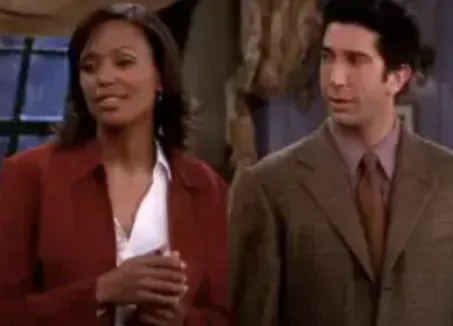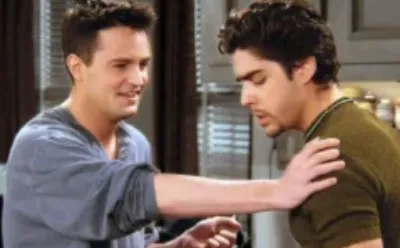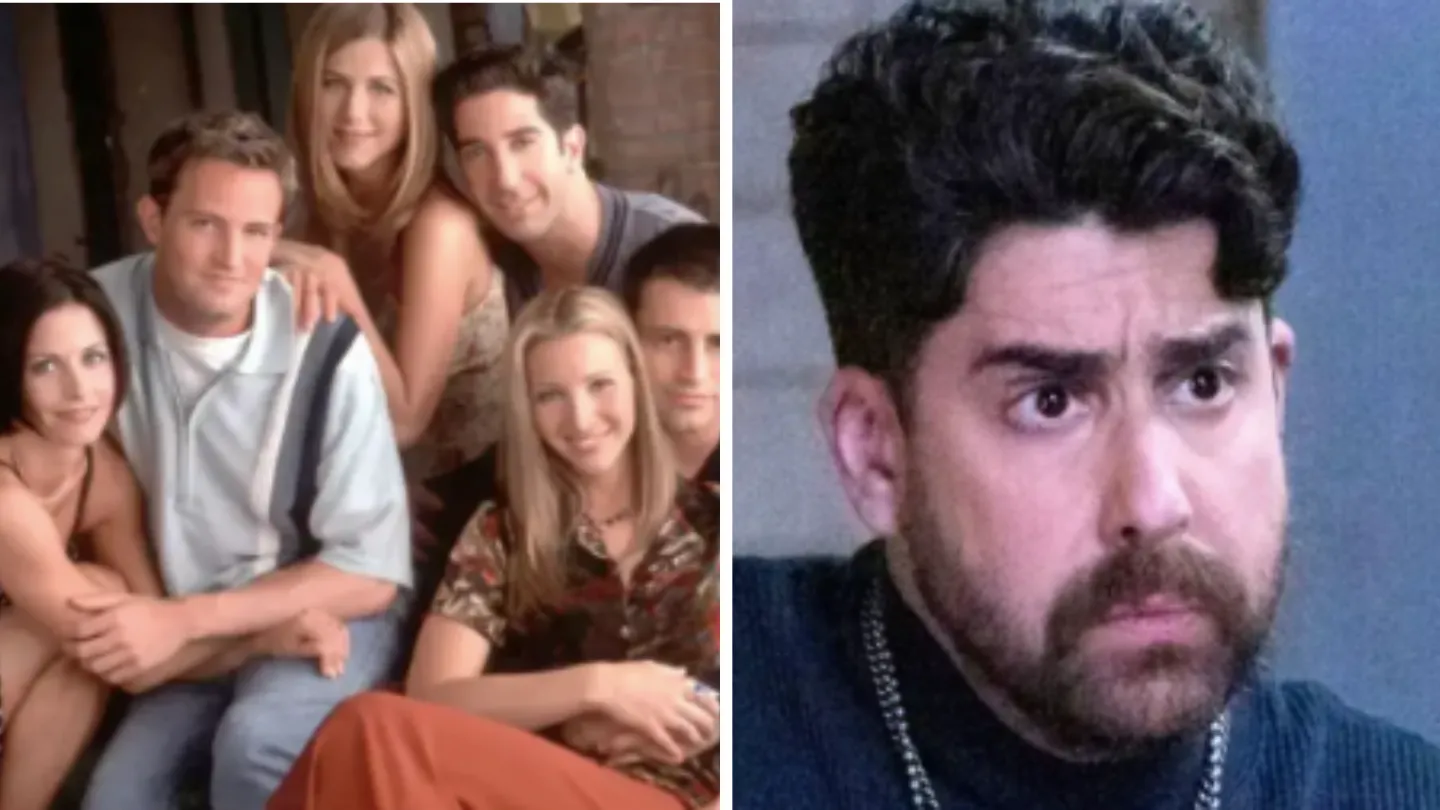In the realm of 90s television, “Friends” stood out as a cultural phenomenon, captivating audiences with its wit and the seamless rapport among its cast.
The inspiring comedy contained a major deficiency which excluded diverse characters amidst the widespread Hollywood homogeneous casting problem.

Known for his brief portrayal as Eddie, Adam Goldberg recently viewed the homogeneity of “Friends” with critical eyes leading to discourse on media representation.
The sitcom, set against the diverse backdrop of New York City, notoriously featured an all-white main cast, which Goldberg described as “insane” in hindsight.
His critique emphasizes the stark contrast between the city’s real demographic mosaic and the show’s portrayal, which predominantly depicted white characters, neglecting the rich diversity of its setting.
According to Goldberg this oversight demonstrated standard industry norms since the time when media industries rarely sought answers about racial underrepresentation on television screens.

The discourse around the diversity, or absence thereof, in “Friends” isn’t a recent development. The fair representation dispute arose again and again in the transformation of public opinions about cultural representation.
Various show creators and some cast members now reflect on the insufficient racial representation that was missing from the show.
Marta Kauffman voiced apology for the racial casting decisions from the perspective of today’s social justice movement activities.
The TV show faces criticism for its New York City depictions as well as for its minority representation decisions despite thrilling viewers across the globe.

During an interview Goldberg criticized Friends for its unrealistic portrayal of New York living by depicting glamorous apartments which were impossible to find in reality.
The critics mentioned this diversity issue in their assessment of the show by depicting a television world detached from genuine social dynamics in New York City.
The remarks from Goldberg have revived dialogue about television production duties to show accurate social diversity representation.
During his time in Hollywood he confronted both his Jewish challenges along with traditional casting rules which characterized primetime television.

The observations lead society toward wider discussion about which approaches media should take to represent diverse populations across their audiences.
As the conversation about “Friends” and its impact continues, it’s clear that the show, while beloved, is a product of its time, reflecting the cultural and social dynamics of the 1990s.
The ongoing debates involving the critique allow audiences to evaluate how to improve representation in beloved entertainment content.
These discussions play a vital role because they show how much reform remains needed within media entertainment industries.
Future productions need to maintain efforts at improving diversity on-screen and off-screen to match the actual populations who watch them.

In light of these discussions, it becomes evident that while “Friends” has secured its place in television history, it also serves as a lesson on the importance of inclusivity in storytelling.
Goldberg’s candid remarks provide a crucial insider’s perspective on the challenges of diversity in Hollywood, stressing the need for more authentic representation across the board.
Feature Image Credit: (NBC)

